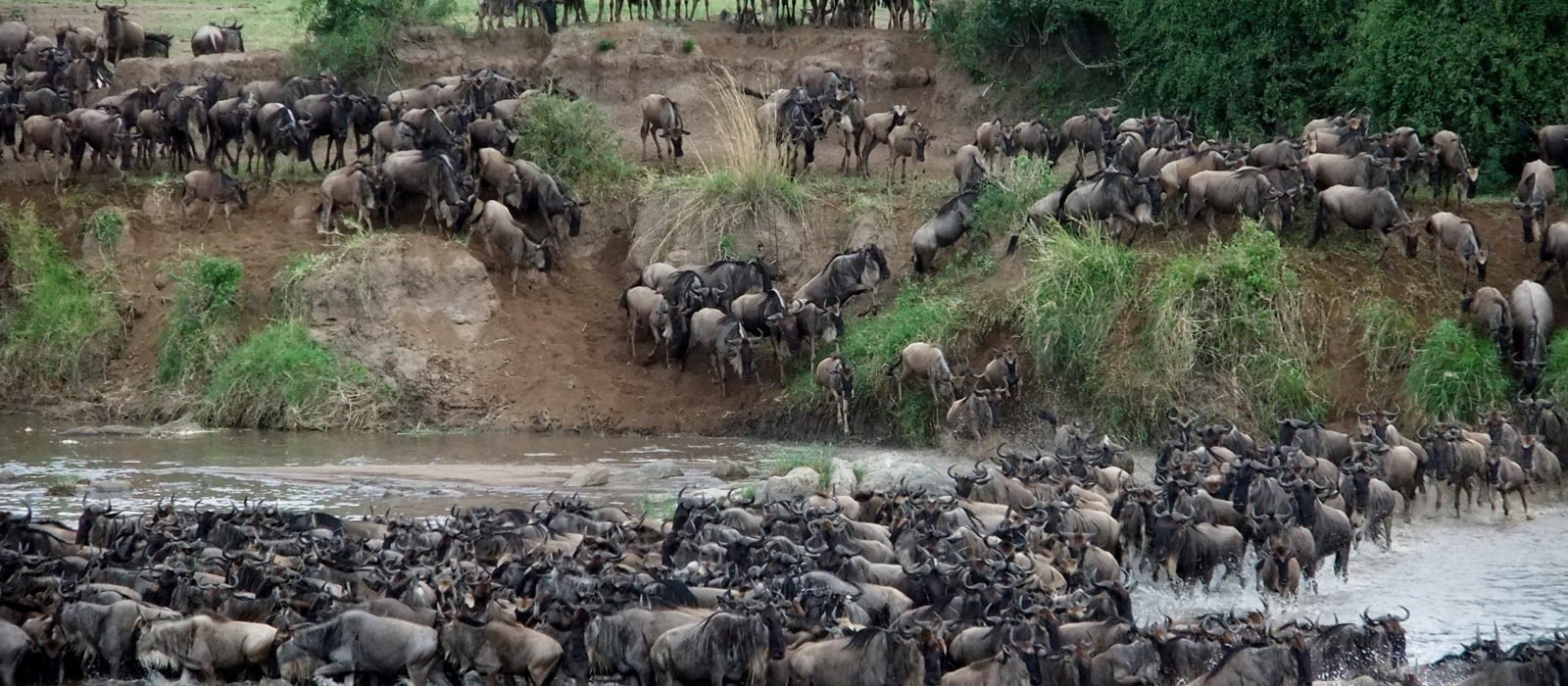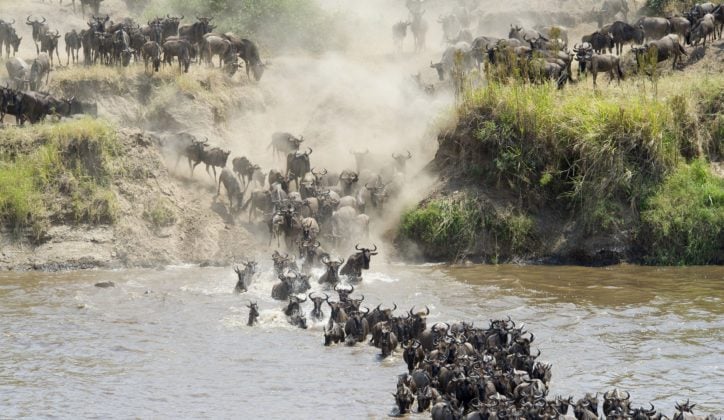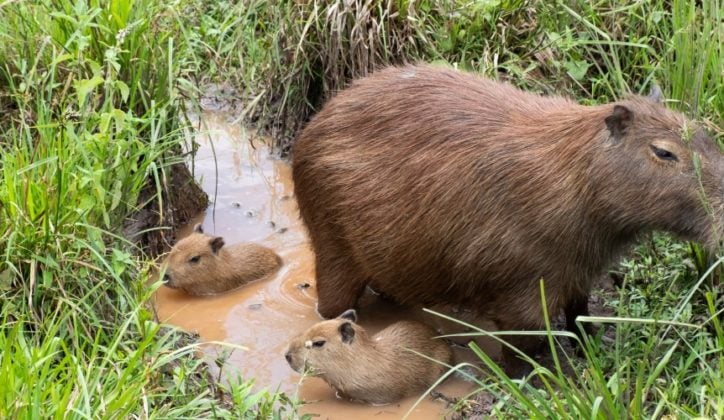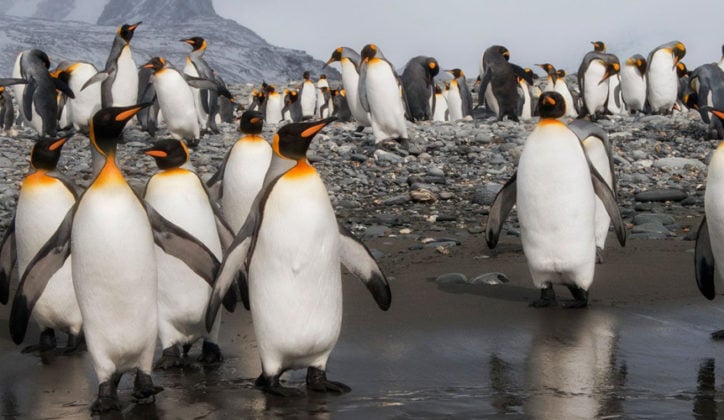Published on: February 6th, 2018
Last updated: July 27th, 2023
Animal migrations are some of the most compelling and awe-inspiring sights to witness in the world.
From seeing monarch butterflies in the hundreds of millions to spotting droves of emperor penguins on Antarctica's ice shelves, the world's migrations are each unique, fascinating and worth travelling to the ends of the earth to see.
Read on for our round up of the most amazing animal migrations around the world.

Green turtles - Tortuguero National Park, Costa Rica
Between July and October, Costa Rica’s Tortuguero National Park becomes home to huge numbers of green turtles who inhabit the area to lay their eggs. August and September are peak months, and if you’re extremely lucky, you may even be able to witness large groups of newborns digging their way out of the sand and making their way to the ocean. It’s a truly wonderful sight.
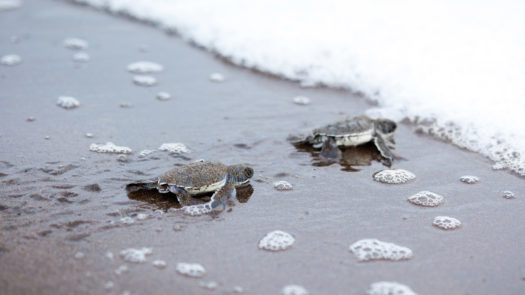
Fun fact about turtles nesting: The temperature of the sand in which the eggs are laid determine the sex of the brood. Less than 27 degrees C means an all-male brood; between 27 and 30 means a mixed one; and above 30 degrees means an all-female one.
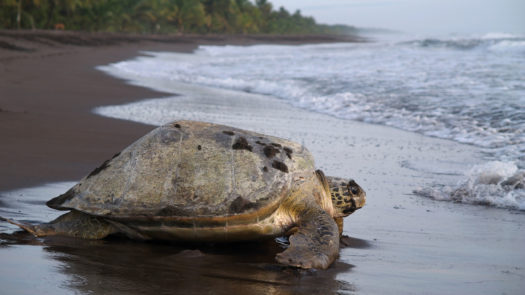

Minerriya Elephant Gathering - Sri Lanka
During Sri Lanka’s dry months from July to October, elephants travel to Minneriya National Park, in the northern part of the country, forming the biggest congregation of Asian elephants in the world. This event is not so much a migration as it is a group of animals coming together to drink water from the Minneriya Tank, which is – interestingly – a man made water tank in the park that attracts the groups while they are on their migration route.
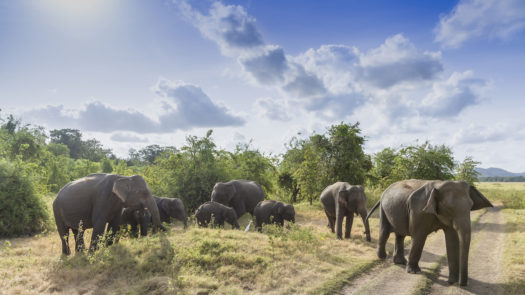
Actually, several species of animals go for the water, but the vast numbers of elephants is what is most compelling to see. Heading to the tank around sunset means you’ll get the chance to see close to 300 of these awe-inspiring animals at one time.
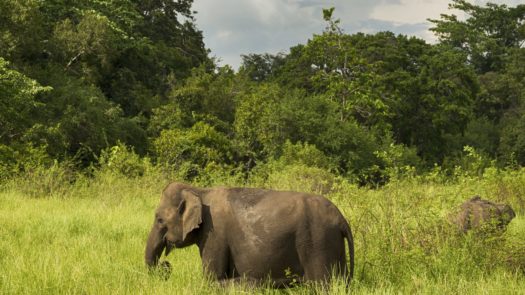

Emperor penguins - Antarctica
One of the most memorable things about a trip to Antarctica is the swarms of penguins you can run into. Emperor penguins, which are endemic to this magical land, are a particularly special sight. Each year in April, swarms of them meet to breed on the thick ice, staying around until December (when the continent becomes more accessible to human travel).
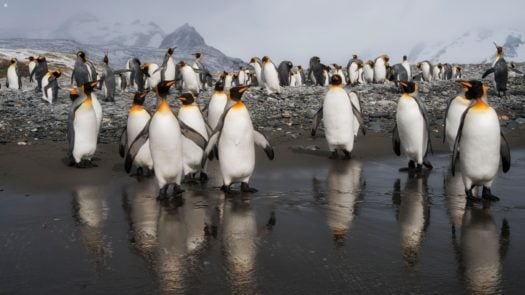
November and December are the best months to catch a glimpse of the penguins, as this is when the chicks are getting ready for their first journey to the ocean – so penguin families are still around. Fun fact: once the female lays her egg, the male penguin takes over and incubates the egg while the female goes out to hunt.
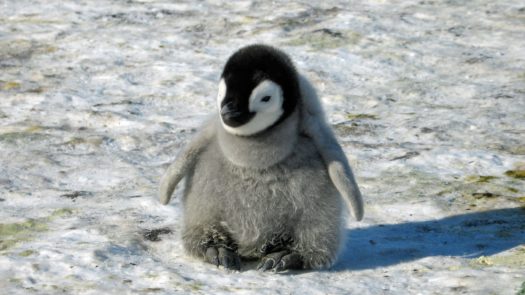

Monarch butterflies - Mexico
Each year at the end of summer, millions of beautiful monarch butterflies make their way from the US and Canada into Mexico on what is thought to be the longest insect migration on the planet. They eventually settle in central Mexico, using the Monarch Butterfly Biosphere Reserve north of Mexico City as their base for the winter before returning back north.
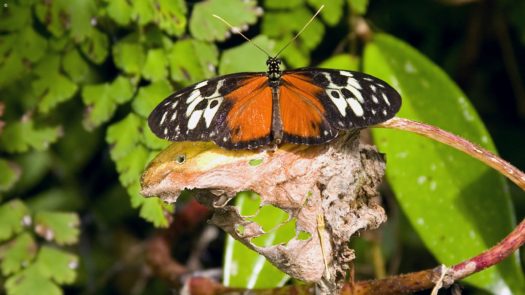
Between November and March, the biosphere comes alive with the nearly one billion butterflies. Fun fact: the migration usually happens over a few generations, as monarch butterflies have a lifespan between two and six weeks.
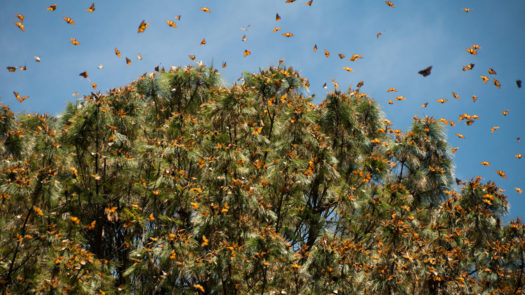

Southern right whales - Peninsula Valdes, Argentina
Each year between June and December, the southern right whale migrates from Antarctica and swims to the calm waters of Puerto Madryn in Argentina’s Peninsula Valdes. The protective waters provide a safe haven for the whales to breed and birth their young – around 2,000 congregate in total, making up what is thought to be the largest concentration of breeding whales in the world.
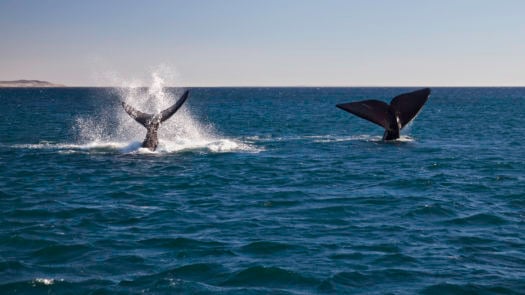
The best way to witness this sight is by day expedition in a zodiac or boat from Puerto Madryn. From your ocean vantage point, you’ll be able to see droves of whales coming up to the surface to jump who often appear to be putting on a show for their audience.
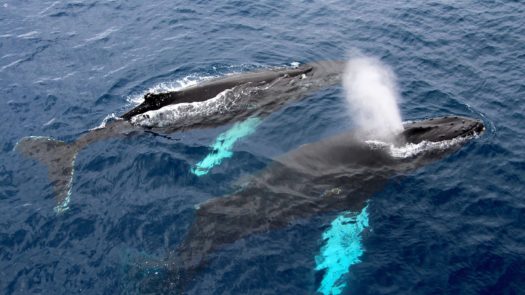

Great wildebeest migration - Tanzania and Kenya
Of course, no migration list would be complete without a mention of the famous Great Wildebeest Migration. Each year, over 1.5 million wildebeest migrate over 800km between Kenya and Tanzania in the largest land migration in the world, along with thousands of zebra and antelope. It’s a truly spectacular sight, particularly if you witness the birthing period or when the herds cross the Mara River where crocodiles lay in wait of prey.
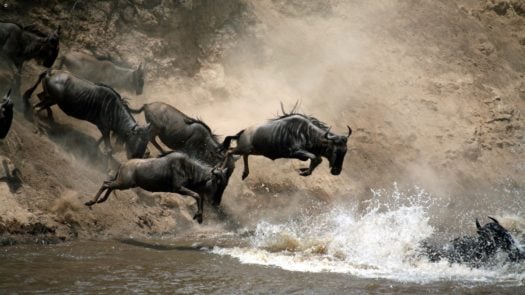
Between January and February near Tanzania’s Ngorongoro Crater, nearly 400,000 calves are born within the space of a few weeks, in what can only be described as an unforgettable sight. June is where the famous river crossings begin, lasting until August or September most years. The animals arrive at the Mara River and attempt to cross it without falling prey to the scores of crocodiles waiting patiently for their arrival. This is one of the most sought-after sights in the world, especially because it is so specific to Tanzania and Kenya.
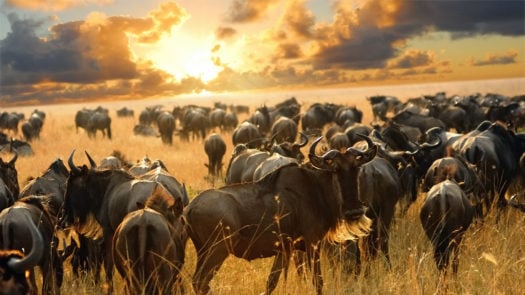

Atlantic puffins - Iceland
Iceland’s coast serves as a breeding site for over half the world’s population of puffins (around 60%!). Though they live most of their lives out at sea, the puffins congregate on land between April and August or September each year. They can usually be seen all around the country, especially near the rocky cliffs where they like to lay their eggs.
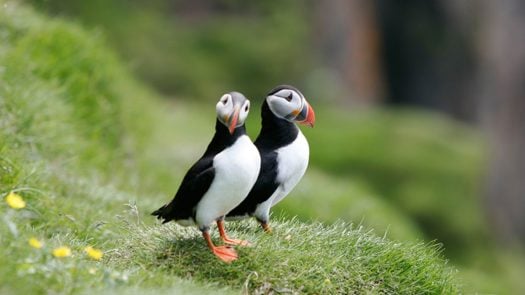
Vestmannaeyjar – a cluster of 15 islands off the south coast of Iceland – is one of the most popular congregation points for the colonies. Over a million puffins lay their eggs during the summer, making this the world’s biggest puffin colony. Lundey – an uninhabited island just a short boat ride away from Reykjavik – is another popular home for the colonies. You won’t be able to physically visit the island, but the vantage point from your boat is the perfect place to see these cute birds.
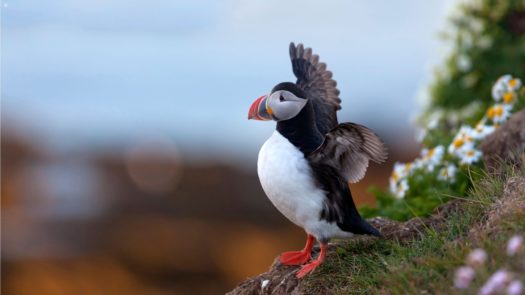

Whales and whale sharks - Australia
There are plenty of great opportunities to see whale migrations around Australia’s diverse coasts, but Ningaloo Reef – on Australia’s western coast – may be our favourite. Considered to be one of the best places in the world to dive and see exceptional marine life, the reef has been made even more accessible thanks to eco-development Sal Salis. Whale sharks can be spotted from mid-March to mid-September and humpback whales can be found there from July to November. You can even swim with manta rays between May and November. It’s a fantastic – and arguable quieter – alternative to visiting the Great Barrier Reef.
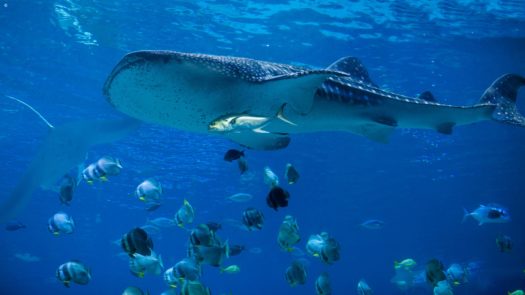
Discover the world's most amazing animal migrations
Feeling inspired? Get in touch with our expert travel designers to start planning your next wildlife-focused adventures.
